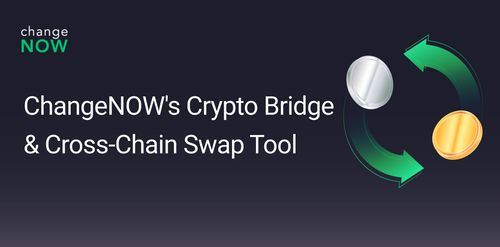What Is Algorithmic Stablecoin?
The cryptocurrency market is known for its volatility. Regular price movements up and down happen constantly. So, in 2014, Tether, the first stablecoin, was created to protect investors against wild price swings and sudden value decreases.

These crypto coins are tied to traditional fiat, such as the USD. They provide reassurance and certainty when the markets are bleeding. If a downward trend begins, investors and cryptocurrency holders can convert volatile assets such as Bitcoin into stablecoins and protect their crypto from losing its valuation. A stablecoin can be backed by fiat but also by other financial instruments such as bonds, commercial papers, or cash equivalents.
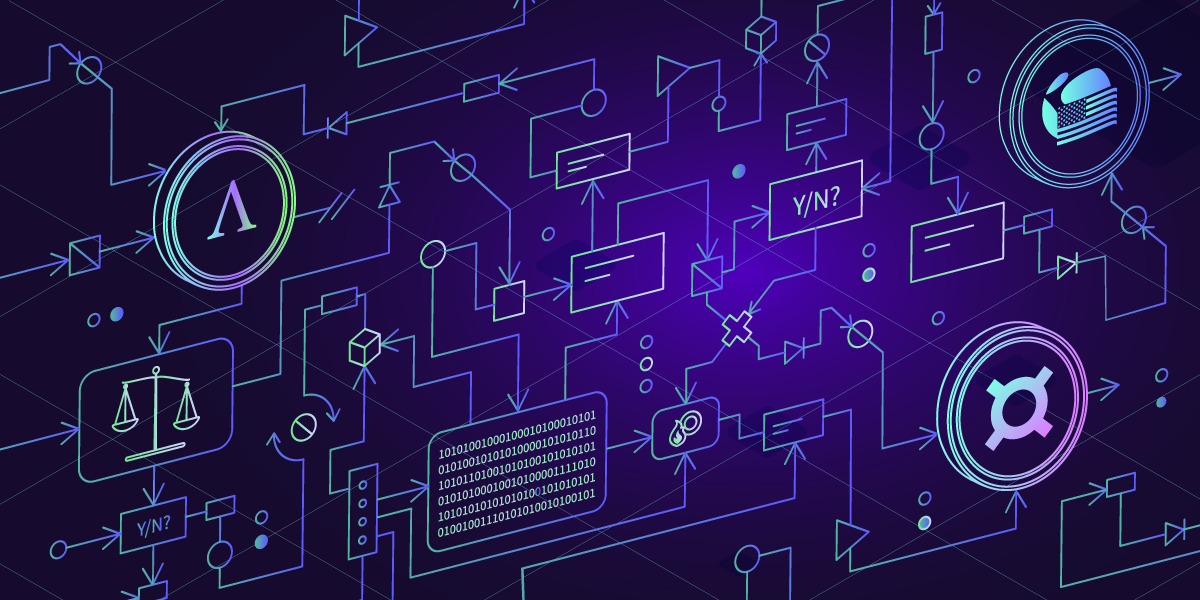
One problem is that many stablecoins are centralized in nature. A different approach is needed in a world that cries out for decentralization. The best algorithmic stablecoins of today are authentic decentralized coins and tokens that don’t have a regulatory body watching over them or a central issuer. Crypto influencer Shigeo from lunaomics says that the decentralization aspect is their biggest advantage. World governments are coming up with new ways to regulate the crypto economy. Regardless, according to Shigeo, they can’t control something that is public domain and belongs to the people.
How do algorithmic stablecoins work exactly, and what makes them different from other assets?
What Is an Algorithmic Stablecoin?
Unlike other types of volatility-protecting digital coins, the algorithmic kind is not backed by cash or different types of government-issued financial instruments and collateral. Instead, they are non-collateralized cryptocurrencies or partially collateralized in some cases.
Price stability is guaranteed by a self-executing algorithm and computer code that controls and changes its supply to maintain the coin’s peg. Depending on the need, new tokens can be minted or burned to keep the value at or around $1.
The mechanism behind the curtains is complex or straightforward, depending on your underlying knowledge of cryptocurrency smart contracts. The algorithmic rules concerning supply and demand (minting and burning of tokens) can be inspected through these contracts. But that’s not all. Oracle contracts are essential to the system. They can check and obtain stablecoin prices from crypto exchanges.
The best algorithmic stablecoins also call upon rebase contracts. When the oracle learns the price of the coins, this information is shared with the rebase contract every day. A decision is then made on whether to increase or decrease the supply. The choice gets communicated to a stabilizer contract that initiates the process of either minting or burning stablecoins in user wallets. For example, if the price goes above $1, new assets get minted to increase the supply and bring the value down. On the other hand, if we experience a devaluation, part of the supply will be burned to improve the overall value of the remaining tokens.
Now that we have answered the question of how algorithmic stablecoins work, we can focus on what types there are.
List Of Algorithmic Stablecoins
When it comes to types, algorithmic stablecoins can be divided into 4 categories:
- Rebase Algorithmic Stablecoins
- Seigniorage Algorithmic Stablecoins
- Over-collateralized Algorithmic Stablecoins
- Fractional Algorithmic Stablecoins
Rebase Algorithmic Stablecoins
We begin our algorithmic stablecoin examples by mentioning the oldest – the Rebasing Algorithmic Stablecoins. This type of computerized asset checks its worth and makes rebasing decisions based on that. For example, the contract understands the coin is supposed to be worth $1, so if the price moves to $1.10, what does it do? It increases the supply by minting new tokens and distributes them among all holders.
If you had 100 units of a rebasing stablecoin in your wallet, after the rebase, it’s perfectly normal if this number increases to 110. The increased supply causes the value to drop and brings the valuation closer to $1. It works in the opposite direction as well. When the token drops below $1, a debase will remove and burn coins from the total supply, increasing the value of the remaining ones.
Most Rebasing Algorithmic Stablecoins have a tolerance level. There won't be a rebase if the price doesn’t go up or below this magic number. The tolerance is typically set at 5% below or above the stable price.
Seigniorage Algorithmic Stablecoins
These types of coins also rely on a system of minting and burning. However, not all network participants are rewarded. Terra and Basis Cash are solid Seigniorage Algorithmic Stablecoins examples. These two assets use multi-token systems and provide financial incentives for holders to maintain a stable value of the currency. One of the tokens has a stable value, while a second or third one is used as an incentive to sustain the needed price.
lunaomics influencer Shigeo says Terra (UST) managed to keep its peg through incentivized arbitrage and trading with LUNA. However, according to him, some algorithmic stablecoin projects have failed because there was no demand or utility for their coins. Still, these two are different and are highly sought-after.
The Basis Cash platform has 3 different tokens: Basis Cash (BAC), Basis Shares (BAS), and Basis Bonds. BAC is the one that is pegged to the USD. BAS is used in an attempt to reduce the value of BAC when it goes above $1. Basis Bonds are the exact opposite and are supposed to increase the value when it drops below $1.

The idea behind the project is simple. When BAC’s value rises over $1, new BAS tokens are minted and distributed among its holders. Since they received free tokens, they will try to sell them or exchange them for BAC, ultimately bringing the price down. A similar mechanism is used if the value of BAC drops below $1. Holders of Basis Bonds are rewarded with new coins if they burn BAC to bring its value back to the sought-after $1. And lastly, when the BAC’s price stabilizes at $1, the bonds can be redeemed and exchanged for Basis Cash.
Unfortunately, this project didn’t succeed as the peg to the USD was broken for several reasons. The fact that 1 million BAC tokens were hacked and stolen indeed didn’t help.
Over-collateralized Algorithmic Stablecoins
Algorithmic stablecoins are not always non-collateralized and based exclusively on an algorithm and computer code to maintain their peg. Nevertheless, they still remain a self-sustained and trustless economy. An excellent example of this type of token is the DAI algorithmic stablecoin.
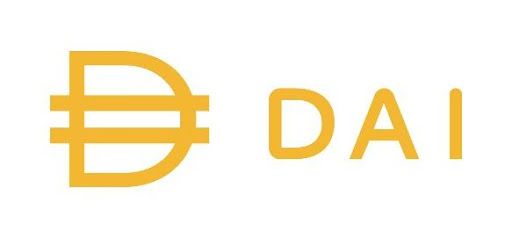
Although its creators no longer consider DAI to belong to this type of stable asset, it still relies on a process of minting and burning tokens through smart contracts. The decision of what to do is based on the price movements of the collateral. DAI is over-collateralized 1.5 times on average compared to the number of DAI coins circulating on the blockchain. The collateralization amounts are not fixed and depend on the volatility of the collateral.
So, how does this mechanism work? If someone wanted to mint $1.000 worth of DAI, they would have to deposit collateral of $1.500 from a different cryptocurrency. If the value of the pledged crypto decreases, they will be asked to pay back a proportional amount in DAI. Failing to do so would result in liquidating a part of the assets that have been deposited as collateral. Opposite of that, if the collateral’s valuation improves, the person would be allowed to mint and receive a proportional number of new DAI tokens.
Fractional Algorithmic Stablecoins
We complete today’s algorithmic stablecoins list by mentioning the Fractional type. Digital assets that belong to this group operate using a system based on a combination of the Seigniorage Algorithmic Stablecoins and Collateralized Stablecoins. In addition, multiple tokens are part of their protocol, whose purpose is to mint or burn the underlying stablecoin.
Fractional Algorithmic Stablecoins maintain their peg by being somewhat collateralized with traditional fiat-backed stablecoins like USDT or USDC and by burning or minting the secondary token that is part of their ecosystem. As time progresses, the reserve currencies are lowered.
An essential element of this type of stablecoins is the Target Collateral Ratio (TCR). TCR determines what the collateralization level needs to be for the price to return to $1. If the average value of the stablecoin was over $1 in a certain period of time, the amount of collateral would be decreased. As a result, a smaller percentage of fiat-backed coins will be needed to mint the underlying Fractional Algorithmic Stablecoin. The collateralization ratio increases if the fractional stablecoin’s value was below $1 during the same period.
Remember that Fractional Stablecoins use multi-token systems? By decreasing the fiat-backed reserves, the secondary token is burned more often to keep the target price close to $1.
List Of Algorithmic Stablecoins
Now that we know the basics of how these tokens function, let’s mention a few notable algorithmic stablecoin examples. We have already talked about DAI and Basis Cash, but what else is there?
Terra Algorithmic Stablecoin
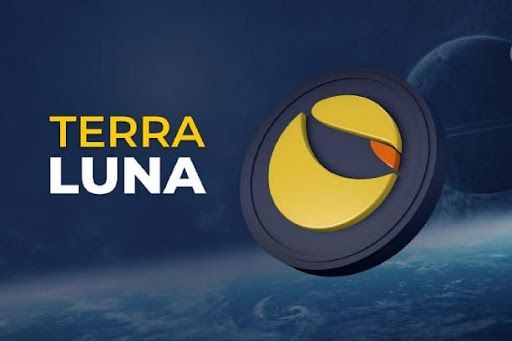
Terra or the UST algorithmic stablecoin belongs to the seigniorage group of digital tokens. Its protocol consists of a two-token model designed to keep the price stable.
- The Terra ecosystem consists of 3 fiat-pegged assets: UST, KRT, and EUT. These coins are tied to the USD, South Korean Won, and Euro.
- LUNA is the project’s native currency.
The Terra algorithmic stablecoin maintains its stability through arbitrage. Both tokens can be minted in exchange for the other one. If UST's value decreases below $1, the asset can be burned, and network participants earn LUNA in return. Conversely, if the UST algorithmic stablecoin rises above $1, users are incentivized with free LUNA to mint new UST and bring the price down. They profit from the system in either case.
Crypto influencer Shigeo singled out Terra (UST) as a coin worth watching for several reasons out of all the available algorithmic digital assets available. Firstly, it has the biggest market cap and user demand. Lending and borrowing services such as Anchor Protocol offer the greatest interest rates for UST, which go up to almost 20% yearly. Terra is widely supported by existing and future crypto debit card services.
Then came May 2022, and the project turned into a nightmare for its investors. LUNA’s price crashed by over 99%, from $80 to fractions of a cent, while the $1 pegged UST dropped to $0.15 a coin. There were two main reasons for this crash.
Anchor Protocol started gradually reducing the interest rates for supplying UST. At that point, over 70% of Terra’s circulating supply was deposited into Anchor. Since the rewards were dropping, so was the public interest in UST.
Holders started burning UST and minted LUNA instead. This caused a massive increase in LUNA’s supply, followed by a significant drop in its value. In addition, increased network activity resulted in congestion on the blockchain, and exchanges started suspending trades and withdrawals of the asset. This uncertainty pulled the price down even further.
When UST lost its peg to the USD, arbitrators could benefit from the change in value by purchasing TERRA at a discount on Curve Finance. They could get more UST by depositing USDT or USDC in the appropriate pools. Usually, investors take advantage of the price slippage to earn free money. Still, it seemed that the public completely lost trust in this algorithmic stablecoin. No one wanted it even for a discount, and investors kept dropping hundreds of millions of UST. Finally, TERRA and LUNA hit rock bottom during the weekend of 13-15 May 2022.
Ampleforth

The next item on our algorithmic stablecoins list is Ampleforth (AMPL). This is an ERC-20 token that adjusts its supply on a daily basis depending on demand and belongs to the group of Rebasing stablecoins. The price of AMPL is actually tied to the value of the USD from 2019.
This peg guarantees investors an increased value of each token, considering that the USD has a 2-3% yearly inflation rate. Other stablecoins lose their purchasing power yearly, but not Ampleforth.
At 1PM EST, the AMPL smart contract checks the price of the asset on Kucoin and Bitfinex. If the value is below $0.96 or above $1.06, the supply will be adjusted accordingly. If the price is higher, the total supply will increase, and if it’s lower, it will decrease. This change in the allocation continues until the initial peg is re-established.
Frax, the Fractional Algorithmic Stablecoin
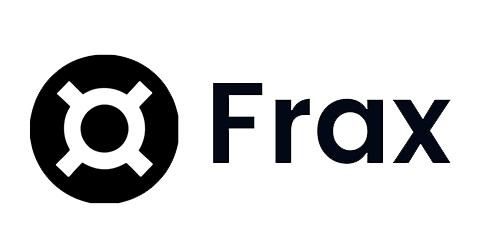
To complete today’s list of algorithmic stablecoins examples, we will mention FRAX. You can conclude which group of coins it belongs to based on its name. That’s right, Frax is a fractional stablecoin.
This token’s ecosystem consists of two coins: Frax (FRAX) and Frax Shares (FXS). FRAX is the stable asset pegged to the USD, while FXS is a token that gets minted when FRAX loses its peg.
The level of collateralization depends on the coin’s current value. If FRAX is worth more than $1, the smart contract liquidates part of the collateral. Similarly, the collateral ratio increases if the market value is under $1. FRAX uses USDC and FXS for its backing. To mint 1 FRAX, you would need $0.75 worth of USDC and $0.25 of FXS.
Bottom Line
Stablecoins based on algorithms is a novel approach in the cryptocurrency market. Instead of being backed by fiat currencies and other crypto coins, they rely on transparent and open-source computer code. Everything that is open-source can be verified and doesn’t require users to trust a company or institution, making these assets perfect for a decentralized ecosystem.
By looking at the algorithmic stablecoin examples and types above, you will notice that many of them function similarly. The networks manipulate and control the supply and demand. The developed algorithms perform their tasks, maintain a fixed peg, and even create arbitrage opportunities for network participants.

